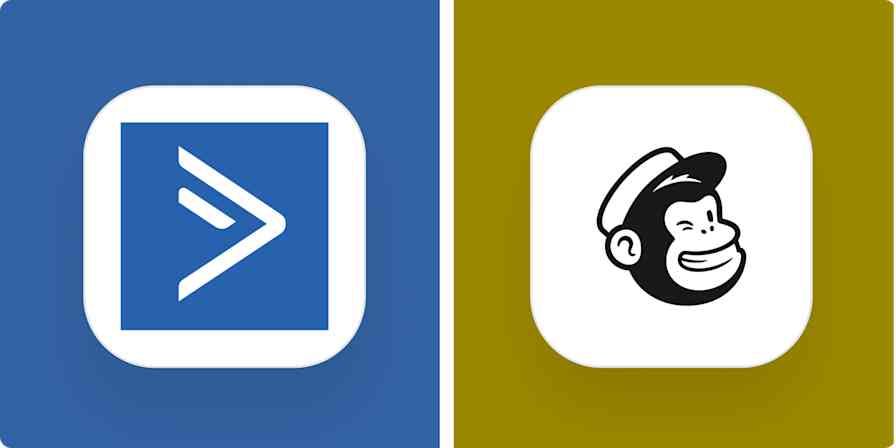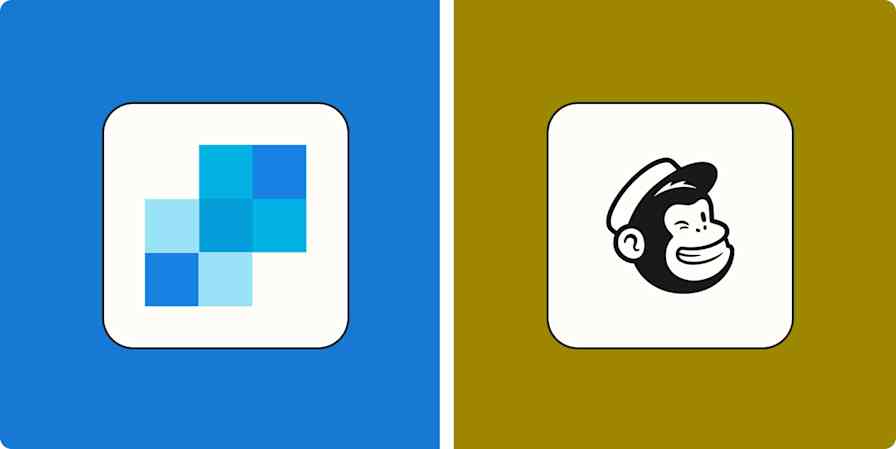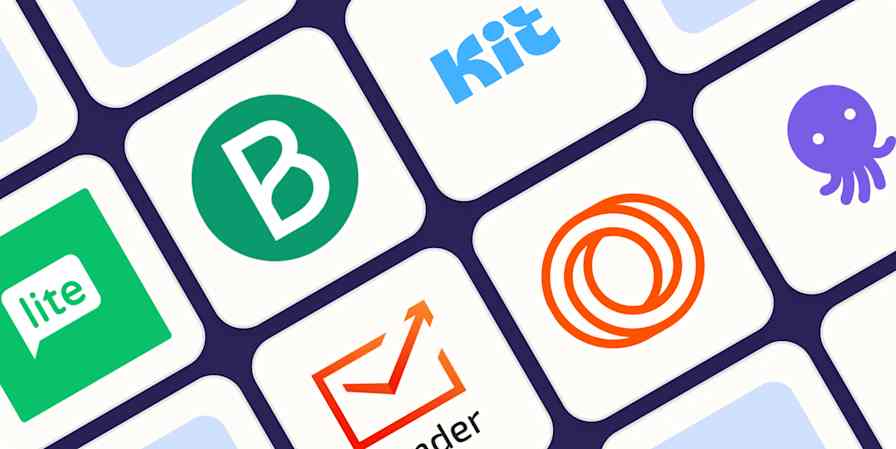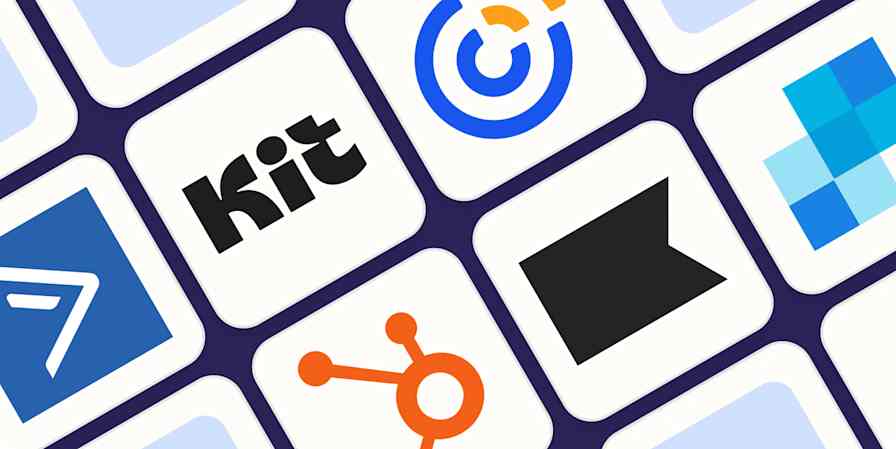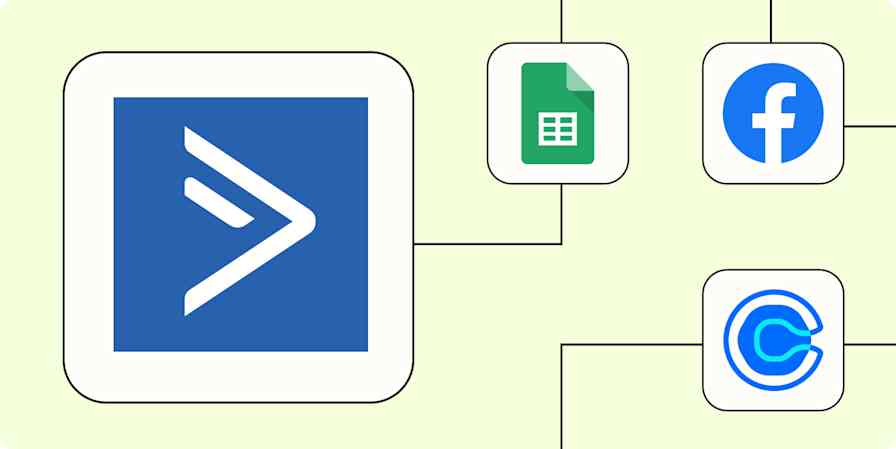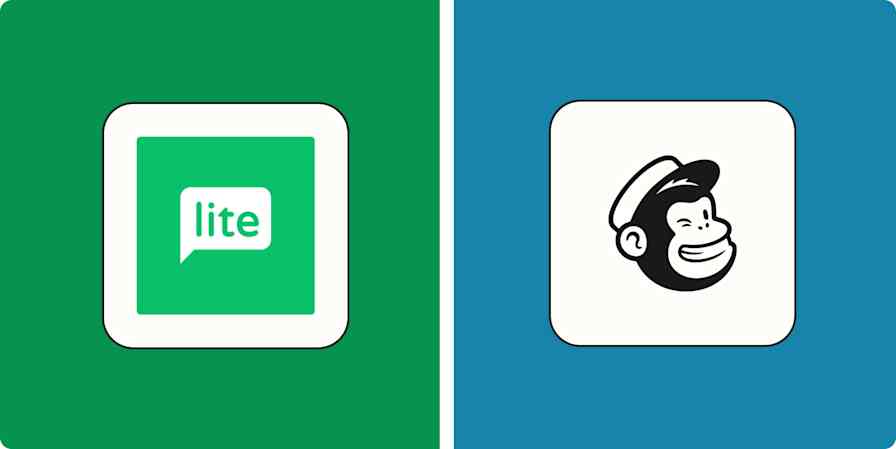Automation inspiration
8 min readHow to create a course for your business in one day
By Ryan O'Donnell · July 8, 2021

Get productivity tips delivered straight to your inbox
We’ll email you 1-3 times per week—and never share your information.
mentioned apps
Related articles
Improve your productivity automatically. Use Zapier to get your apps working together.

